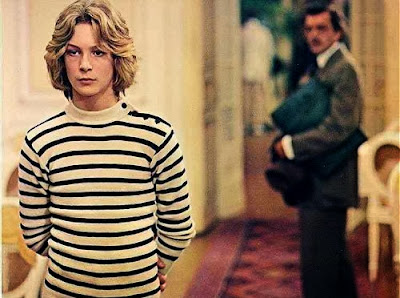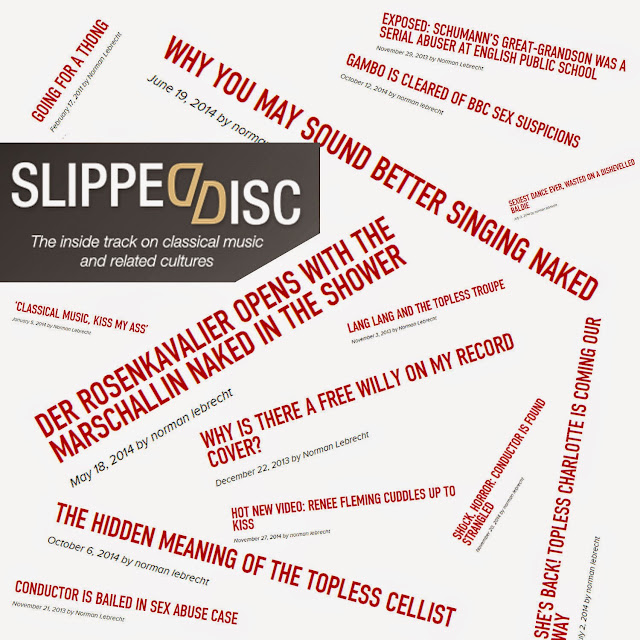Dialogues of the Carmelites

Dialogue 1: The Order of Our Lady of Mt. Carmel is an enclosed Catholic Order founded in the 12th century by Saint Bertold on Mount Carmel, Israel, with the bretheren taking their name of the White Friars from their distinctive white cloaks. Increasing tension between East and West forced the Order to move to Cyprus and Sicily in 1238, and they were in England two years later. In 1250 a Carmelite Priory was established on the banks of the River Wensum in Norwich immediately opposite the city’s magnificent Norman cathedral.
The monastery was suppressed in 1543, the property was divided up, and over the intervening centuries virtually all traces of the priory have disappeared. But the presence of the Carmelites lives on in Norwich. The thoroughfare leading across the river from the cathedral and law courts is known as Whitefriars, and my photograph above shows the bland office building called Carmelite House on the far side of the bridge. This was built on the site of the monastery in 2003, and is where my day job is based. Clearly visible in the foreground is the only remaining fragment of the original Carmelite monastery. This is an arch from one of the two anchorite houses that were built in the grounds of the priory, and my heart lifts each morning as I pass this medieval fragement on my way to modern mayhem.
Dialogue 2: Speaking of mayhem, Francis Poulenc based his 1956 opera Dialogue of the Carmelites on historical events that took place in a Carmelite convent in Compiègne during the
 French Revolution. In the opera the French authorities dissolve the convent, and the nuns take a vow of martyrdom. In the immensely moving final act the nuns march to the scaffold singing the Salve Regina, and this changes to the hymn Deo patri sit Gloria (All praise be thine, O risen Lord). The opera was composed between 1953 and 1956, and during this period Poulenc suffered a nervous breakdown, reputedly due to his identification with the suffering of the nuns.
French Revolution. In the opera the French authorities dissolve the convent, and the nuns take a vow of martyrdom. In the immensely moving final act the nuns march to the scaffold singing the Salve Regina, and this changes to the hymn Deo patri sit Gloria (All praise be thine, O risen Lord). The opera was composed between 1953 and 1956, and during this period Poulenc suffered a nervous breakdown, reputedly due to his identification with the suffering of the nuns.Dialogue of the Carmelites is one of the peaks of 20th century music theatre. It expresses profound psychological and religious insights through a musical language accessible to anyone familiar with Poulenc’s more popular works - if you know his Organ Concerto you will feel at home from the first bars of Scene 1 . There is extensive use of recitatives, and these contrast with some wonderful choral settings including the Ave Maria (Act II, Scene II) and Ave verum corpus (Act II, Scene IV). The opera is well served in the catalogue by the excellent Opéra de Lyon recording on Virgin Classics with a stellar cast under Kent Nagano.
At budget price this re-release is quite unmissable, and it helps reinforce Poulenc as a major 20th century composer. These words from the website of the composer's publisher are worth reflecting on - "Like his friends Honegger and Milhaud, he had the courage to resist the serialists’ diktats and remain true to himself. Now that the serialist terror has passed, those of us who love Poulenc’s music can hold up our heads in the most sophisticated company."
Dialogue 3: No serialists' diktats here, but I am a sucker for historical reconstructions which add colour and variety to potentially arid expanses of early music. In 1707 Handel visited Rome, and he was commissioned to provide music for the festival of Our Lady of Mount Carmel celebrated annually on 16th July.
 No information survives on Handel’s contribution, but Andrew Parrott has made a hypothetical reconstruction combining Handel’s music with Carmelite psalm settings, and all five antiphons are chanted before their respective psalms. This is a gorgeous 2CD set, wonderfully performed by the Taverner Consort and Players directed by Andrew Parrot, with balance engineer Mike Clements providing wonderfully airy sound in St Augustine’s, Kilburn. Highly recommended as a mid-price reissue from Virgin.
No information survives on Handel’s contribution, but Andrew Parrott has made a hypothetical reconstruction combining Handel’s music with Carmelite psalm settings, and all five antiphons are chanted before their respective psalms. This is a gorgeous 2CD set, wonderfully performed by the Taverner Consort and Players directed by Andrew Parrot, with balance engineer Mike Clements providing wonderfully airy sound in St Augustine’s, Kilburn. Highly recommended as a mid-price reissue from Virgin.Dialogue 4: Although the Carmelites left Norwich more than four centuries ago the Order flourishes today in Quidenham, just 30 miles to the south. A Carmelite monastery was established there in 1948 by a group of nuns, and the photograph below was taken by me in the grounds last autumn. in the 21st century the nuns follow the Carmelite Rule in a balanced regime of prayer, work, intellectual study and recreation. This is an enclosed order, and the nuns only leave the monastery because of illness or for family reasons. The offices are celebrated with plainsong settings of the psalms, and the Carmelite nuns in Quidenham demonstrate the resilience of this remarkable Order in the face of the terrors portrayed so powerfully in Poulenc’s opera.

For more inspiration take An Overgrown Path to There is a green hill far away called Taizé
Any copyrighted material on these pages is included for "fair use", for the purpose of study, review or critical analysis only, and will be removed at the request of copyright owner(s). Report broken links, missing images and other errors to - overgrownpath at hotmail dot co dot uk








Comments